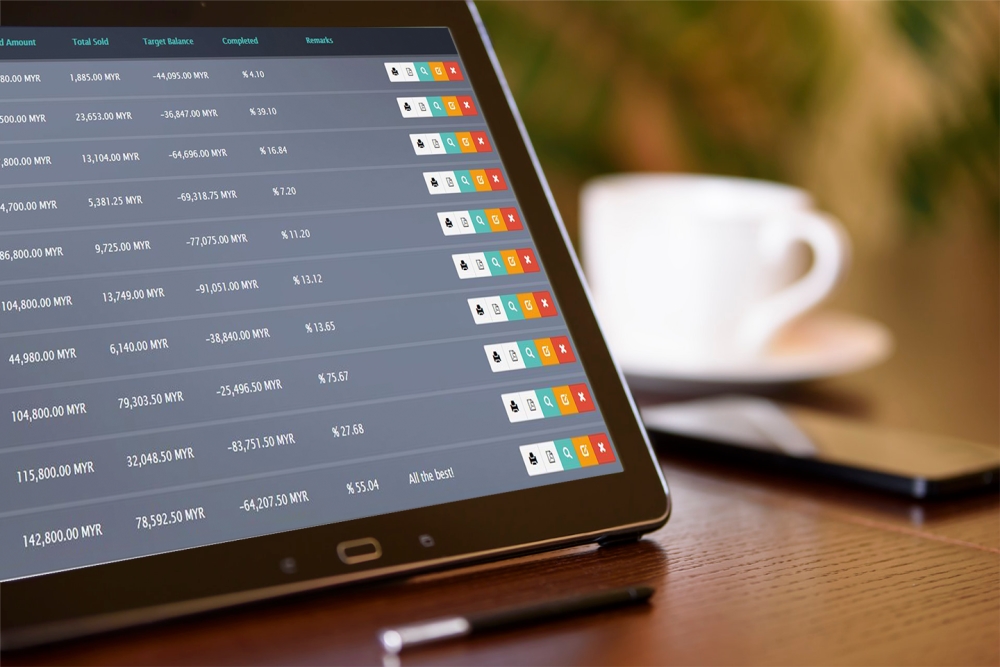Businesses change over time and so do their software needs. If your current software and conventional methods are out-of-date or holding your business back, upgrading can help you gain productivity and drive value from your initial investment.
Advantages of new software for business.
Choosing the right software for your business can help you:
- • cut costs by automating routine tasks.
- • improve the efficiency of staff.
- • increase or measure office productivity.
- • streamline business operations and accounts.
- • replace paper processes.
- • communicate more effectively with customers, suppliers or partners.
Signs that your business may need new software.
It's not always easy to determine if your current software needs replacing. You may benefit from a change if, for example, your existing software or your traditional operation:
- • is frequently running slow.
- • is prone to bugs.
- • fails often.
- • is unable to cope with the number of users.
- • struggles with the volume of transactions.
- • isn't integrated with other systems you are using.
- • can't provide the level of reporting you need.
- • doesn't meet the latest regulatory requirements.
- • doesn't meet your changing business needs.
Upgrading or switching to new software can be a big step for many businesses. Before committing to a change, make sure that you have a clear business case for it and that the benefits will outweigh the risks.
Write down the objectives and potential benefits of the new software. This will enable you to prioritise the list to work out the best returns on investment. It may help to talk to your employees, suppliers and customers to gather ideas for improving your business processes using IT.
Choose software that will run on your current hardware, as long as this doesn't reduce potential benefits. You should include any hardware upgrade costs in your budgets.
Alternatively, look at outsourcing your software requirements - eg cloud computing - which could help reduce both your software and hardware costs.
Plan for the future.
Ideally, you should develop a long-term strategy, covering both your future IT needs and operation needs. This should take into account potential changes in customers, staffing levels and/or your products and services. You should also consider emerging technology trends, such as using artificial intelligence in business, so that you can forecast better, more accurate with meaningful data.



